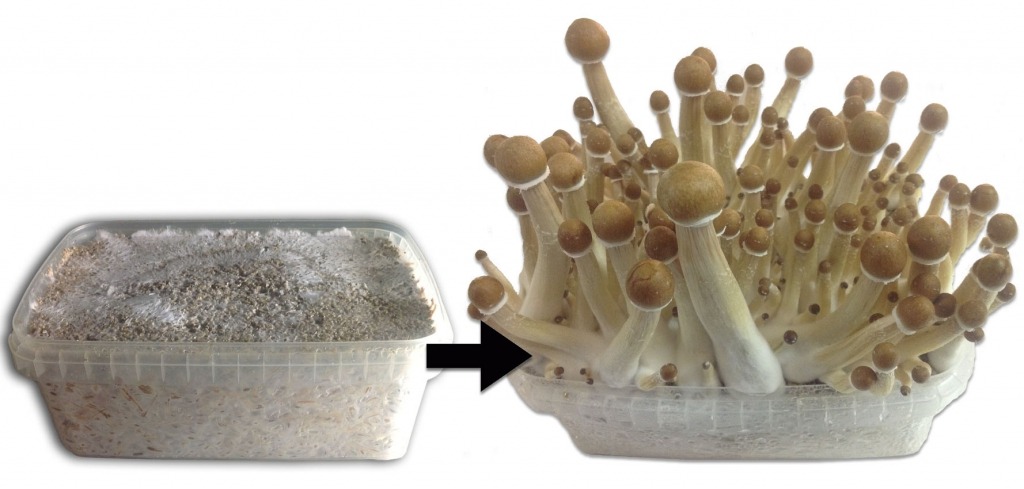Mushroom cultivation is a fascinating and rewarding endeavor, whether pursued as a hobby or a commercial venture. To embark on this journey successfully, acquiring the right supplies is crucial. From substrate to spawn, each element plays a pivotal role in nurturing mushrooms from spores to harvest. Let’s delve into the essential supplies required for successful mushroom cultivation.
Substrates: The foundation of mushroom cultivation lies in the substrate – the material on which mushrooms grow. Common substrates include straw, sawdust, and compost. Each type of mushroom prefers specific substrates, so understanding the requirements of your chosen mushroom species is essential. Additionally, sterilization or pasteurization of the substrate is often necessary to eliminate competing organisms that could hinder mushroom growth.
Spawn: Spawn serves as the “seed” for mushroom cultivation, containing the mycelium – the fungal network that eventually produces mushrooms. It can be purchased in various forms, such as grain spawn or sawdust spawn. Choosing high-quality spawn is vital for successful cultivation, as it determines the vigor and productivity of the mushroom crop. Whether you’re starting from scratch or expanding your mushroom operation, investing in reliable spawn is key.
Growing Containers: Selecting the right containers for growing mushrooms depends on the cultivation method and scale of your operation. For small-scale growers, plastic bags or trays may suffice, while larger operations might opt for specialized growing rooms or shelves. Proper ventilation and drainage are crucial considerations to prevent contamination and ensure optimal mushroom growth. Additionally, containers should be durable, easy to sanitize, and compatible with the chosen substrate.
Environmental Controls: Creating the ideal environment for mushroom cultivation involves controlling temperature, humidity, and light. While some mushroom species thrive in cooler temperatures, others prefer warmer climates. Humidity levels must be carefully regulated to promote healthy mushroom development and prevent drying out or excess moisture. Depending on the setup, supplemental lighting may be necessary to stimulate fruiting. Investing in environmental monitoring and control systems can help maintain optimal growing conditions, maximizing yields and quality.
Conclusion: Successful mushroom cultivation hinges on the careful selection and management of supplies. By investing in high-quality substrates, spawn, containers, and environmental controls, growers can create optimal conditions for mushroom growth and ensure a bountiful harvest. Whether pursuing cultivation as a hobby or a business venture, attention to detail and the right supplies are essential for cultivating success.Mushroom cultivation supplies



